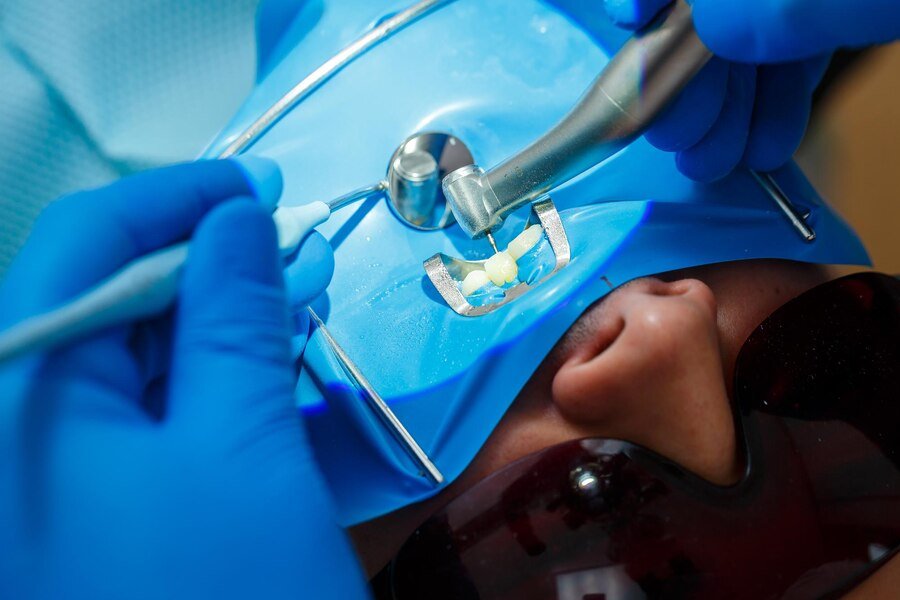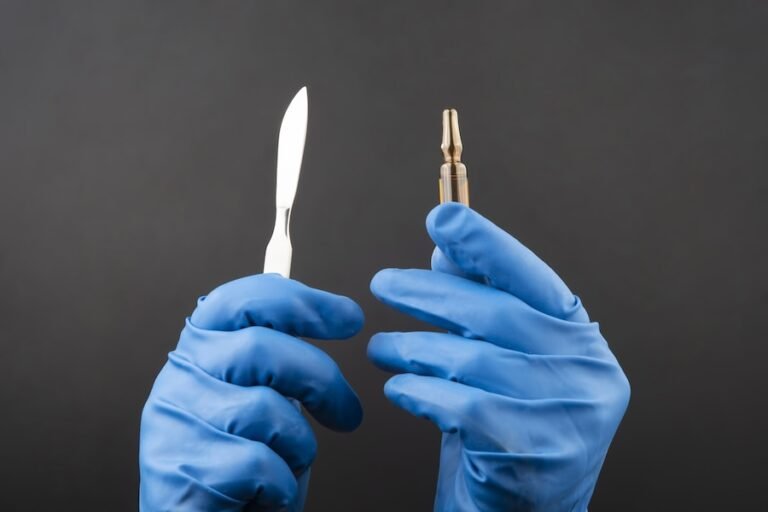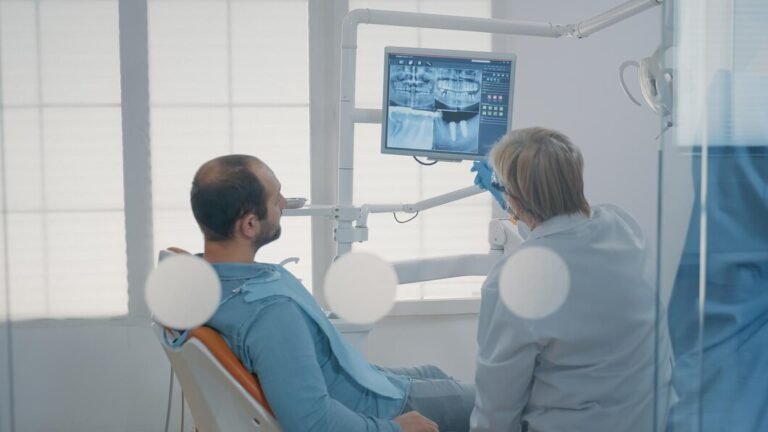Innovations In Anesthesia For Comfortable Surgical Extraction
Surgical tooth extraction, though often necessary, can be a daunting experience for patients due to the associated discomfort and anxiety. However, advancements in anesthesia techniques have significantly improved patient comfort during these procedures. In this article, we explore the innovative approaches to anesthesia that are revolutionizing surgical extraction, making it a more comfortable and safer experience for patients.
To Know More About It Please Click Here
The Evolution of Anesthesia in Dentistry
Anesthesia has long been an integral part of dentistry, enabling practitioners to perform complex procedures with minimal discomfort for patients. Historically, local anesthesia, typically administered via injection, has been the primary method used for pain control during dental surgeries. While effective, traditional local anesthesia techniques may not always provide complete pain relief or address patient anxiety adequately.
In recent years, there has been a surge in innovations aimed at enhancing the anesthesia experience in dentistry, particularly for surgical procedures such as tooth extraction. These innovations encompass various aspects of anesthesia delivery, including the development of novel anesthetic agents, delivery methods, and adjunctive techniques to improve efficacy and patient satisfaction.
Innovations in Anesthesia Techniques
- Targeted Drug Delivery Systems: Advanced drug delivery systems allow for precise administration of local anesthetics, reducing the need for multiple injections and ensuring better pain control. Techniques such as computer-controlled local anesthetic delivery (CCLAD) systems enable controlled and gradual infiltration of anesthesia, minimizing discomfort associated with rapid injections.
- Nerve Block Alternatives: Traditional nerve blocks, while effective, can result in prolonged numbness and discomfort post-procedure. Innovations such as intraosseous anesthesia and periodontal ligament injections offer alternative approaches to nerve blocks, providing rapid onset anesthesia with a shorter duration of numbness and improved patient comfort.
- Topical Anesthetic Agents: Advancements in topical anesthesia formulations have led to the development of highly effective pre-procedural numbing agents. These agents, available in various forms such as gels, sprays, and patches, are applied to the mucosal surface to desensitize the area before injection, reducing the sensation of needle penetration and initial discomfort.
- Non-Pharmacological Adjuncts: Non-pharmacological techniques, such as virtual reality (VR) distraction therapy and audiovisual aids, have gained popularity as adjuncts to traditional anesthesia methods. These techniques help alleviate patient anxiety and enhance comfort by diverting attention away from the dental procedure, creating a more relaxing environment.
Benefits of Innovative Anesthesia in Surgical Extraction
The integration of innovative anesthesia techniques into surgical extraction procedures offers several advantages for both patients and dental practitioners. These benefits include:
- Improved Patient Comfort: Enhanced anesthesia methods minimize pain and discomfort during the procedure, resulting in a more positive patient experience.
- Reduced Anxiety: Innovative anesthesia approaches, combined with adjunctive relaxation techniques, help alleviate patient anxiety, promoting a sense of calmness and well-being.
- Enhanced Safety: Precise anesthesia delivery systems and targeted techniques minimize the risk of complications, ensuring patient safety during surgical extraction.
- Efficient Workflow: Streamlined anesthesia protocols and rapid onset agents contribute to shorter procedure times, allowing for increased efficiency in dental practice.
Conclusion
Innovations in anesthesia have transformed the landscape of surgical tooth extraction, offering patients a more comfortable and less anxiety-provoking experience. By leveraging advanced anesthesia techniques and adjunctive methods, dental practitioners can enhance patient satisfaction, improve procedural outcomes, and ultimately, promote better oral health outcomes. As technology continues to advance, the future of anesthesia in dentistry holds promise for further innovations aimed at optimizing patient comfort and safety in surgical procedures.








